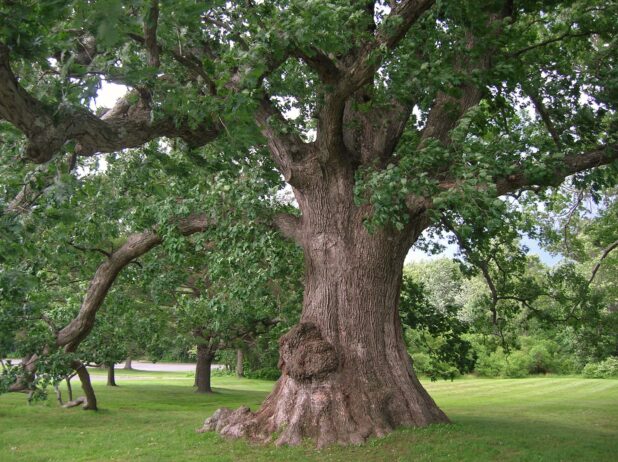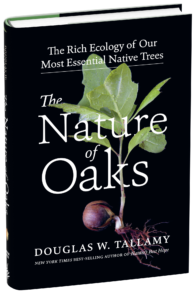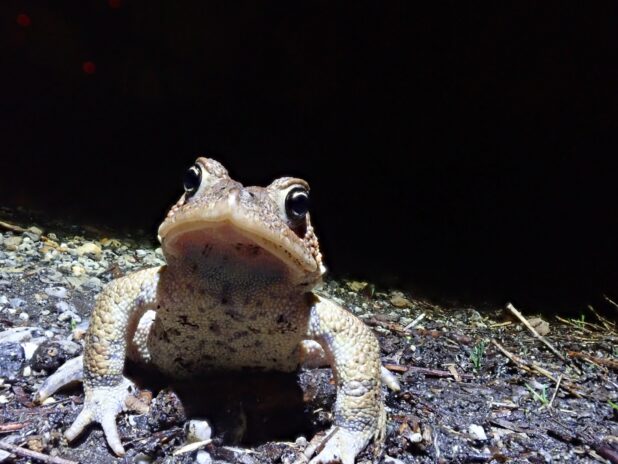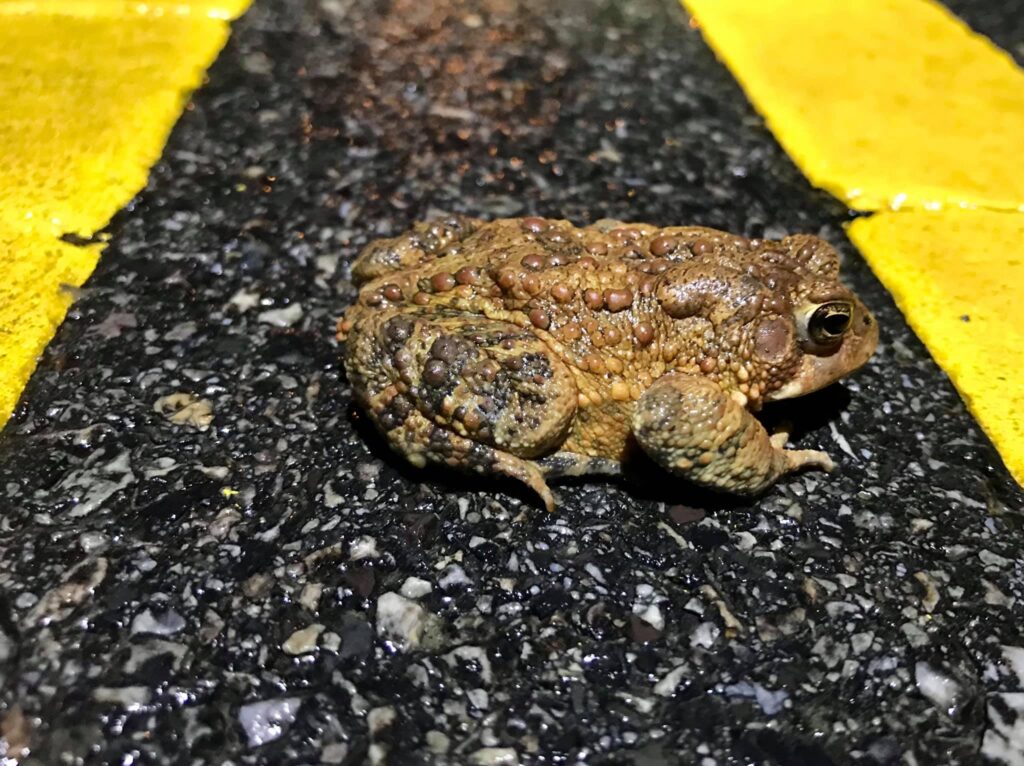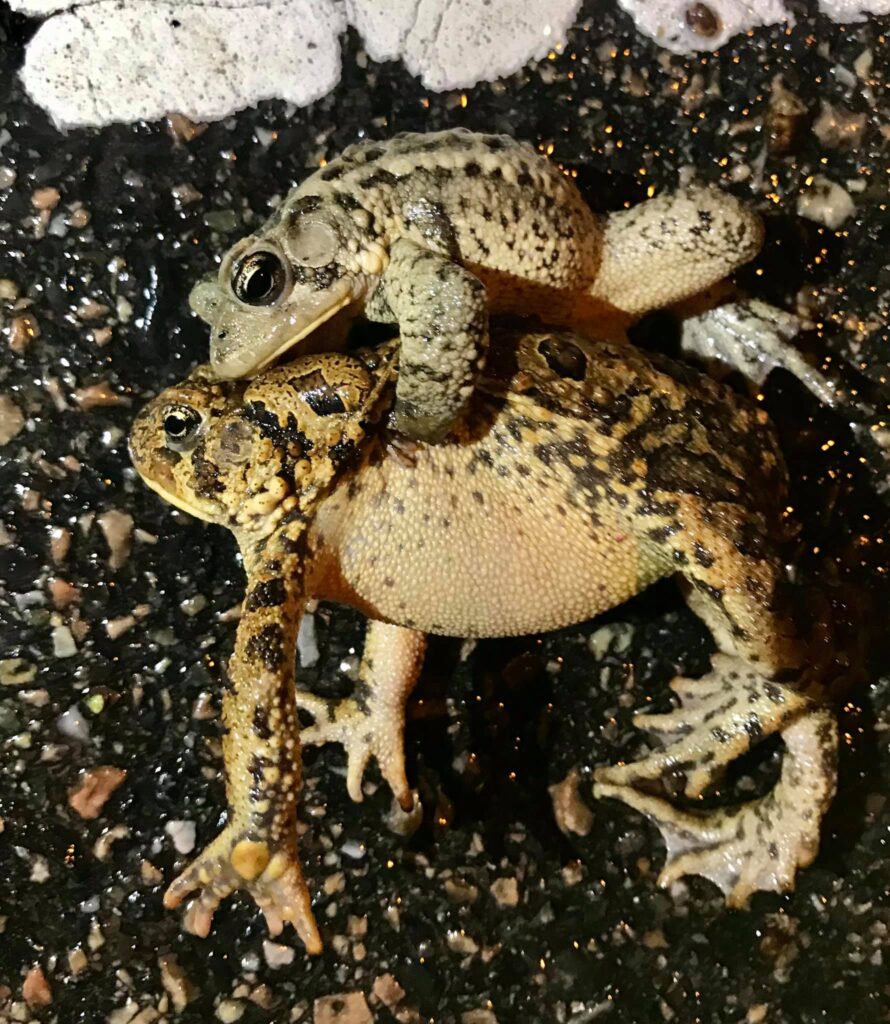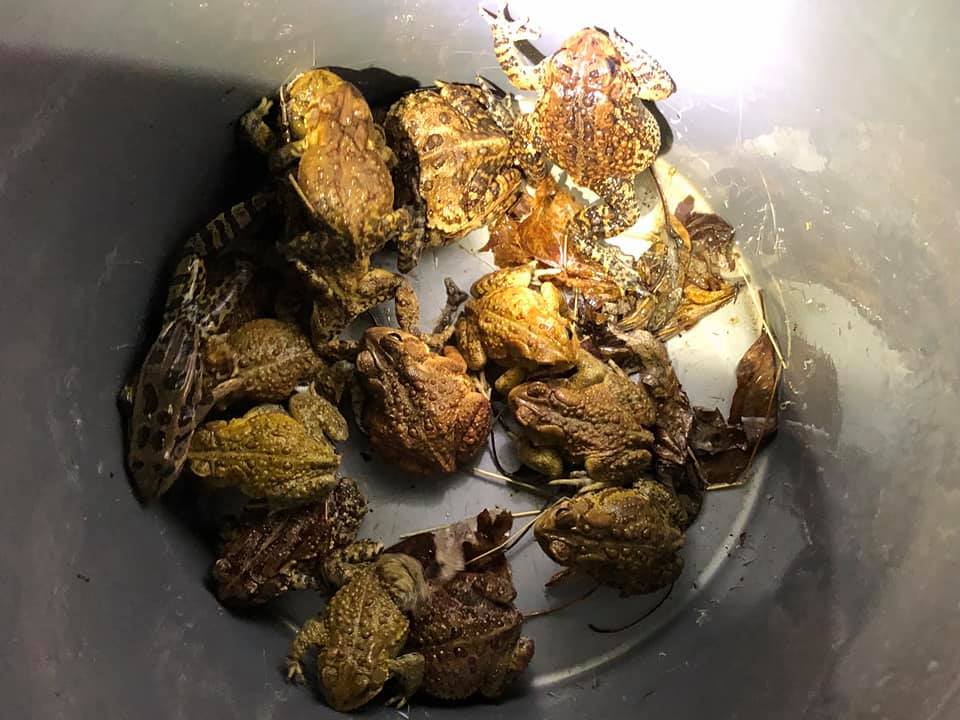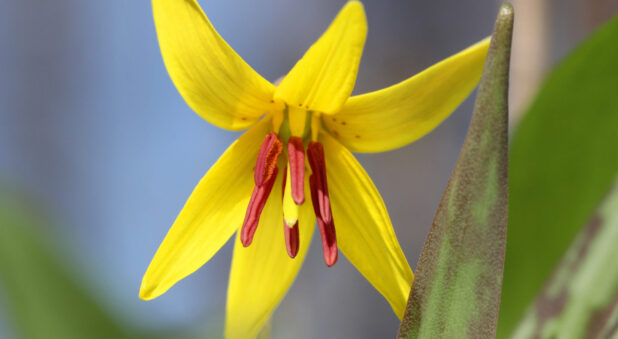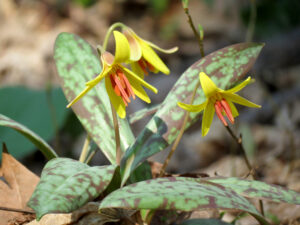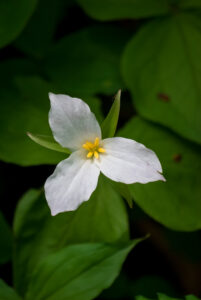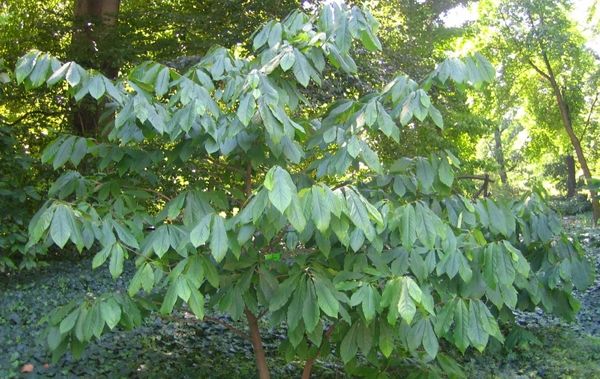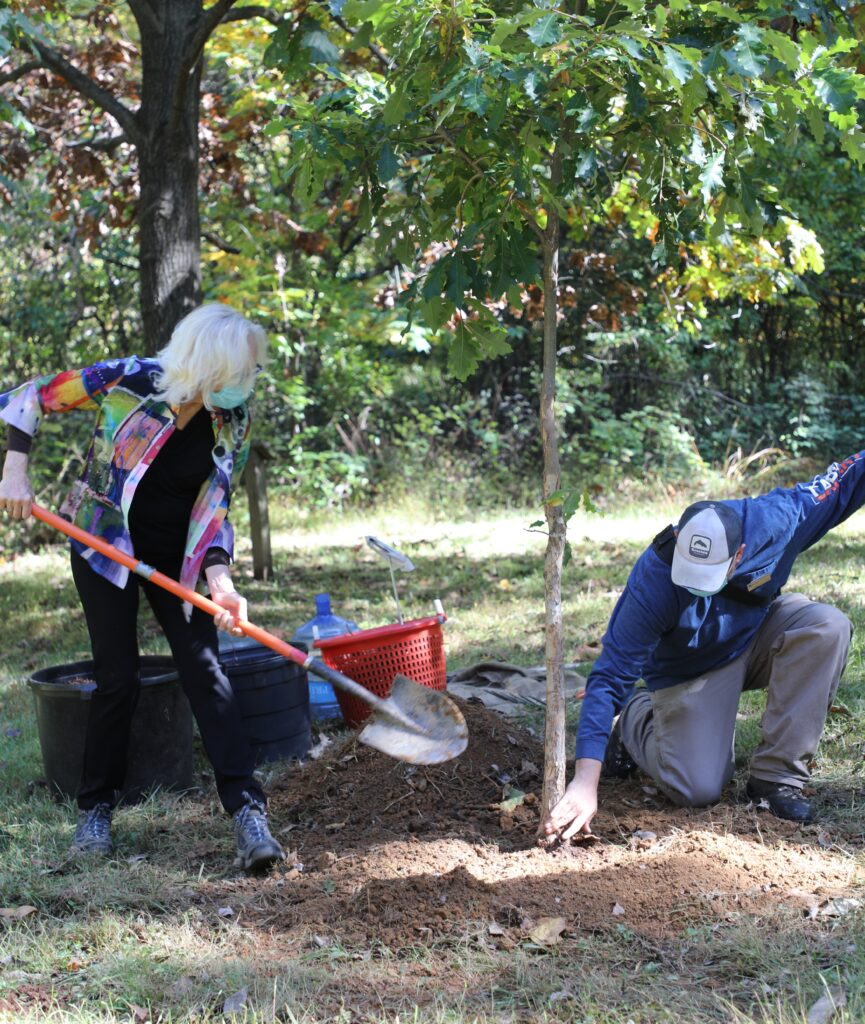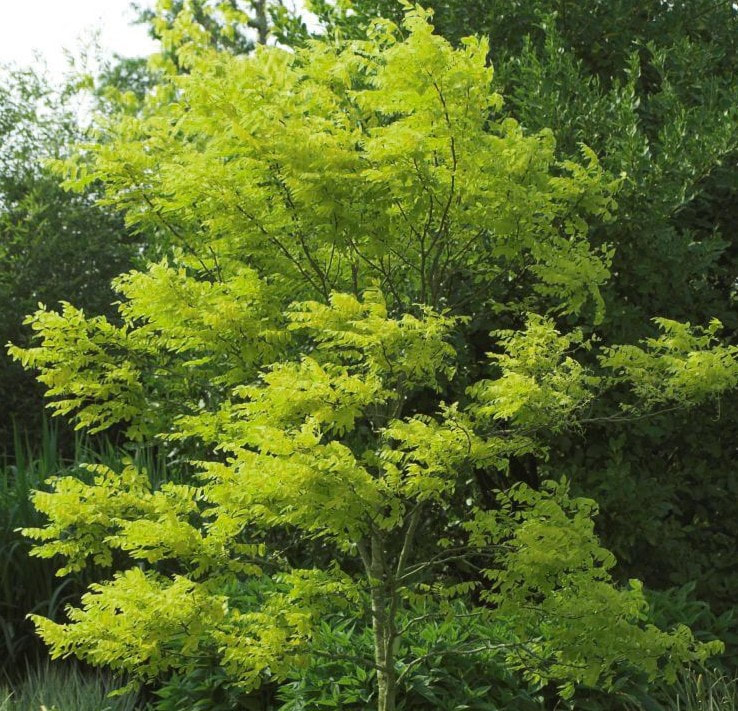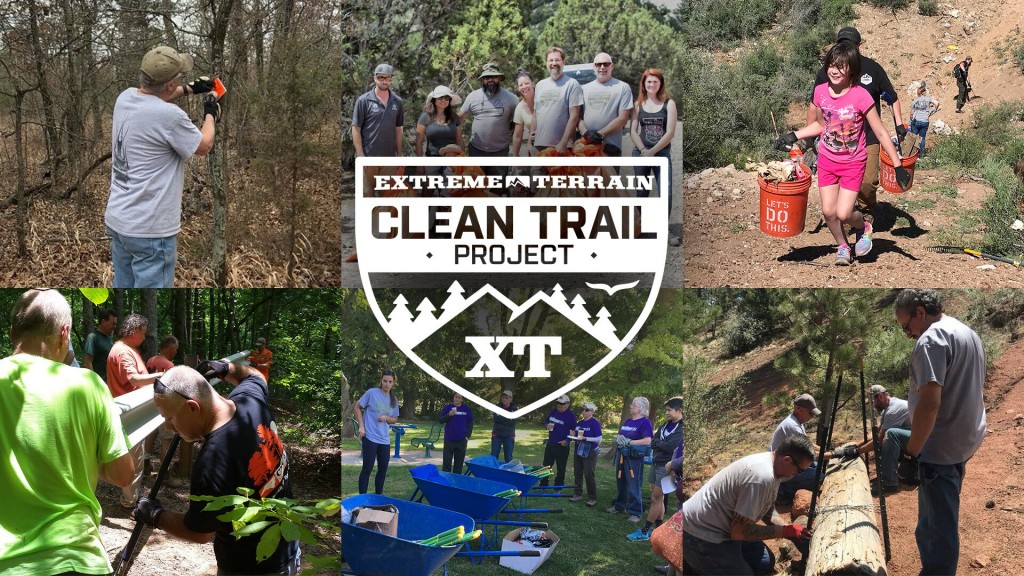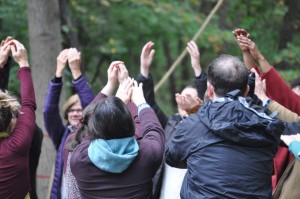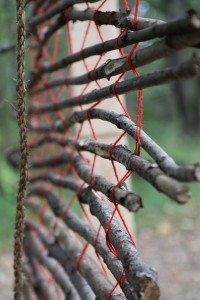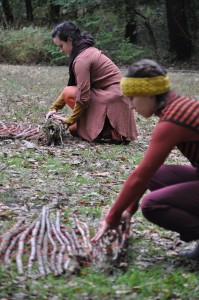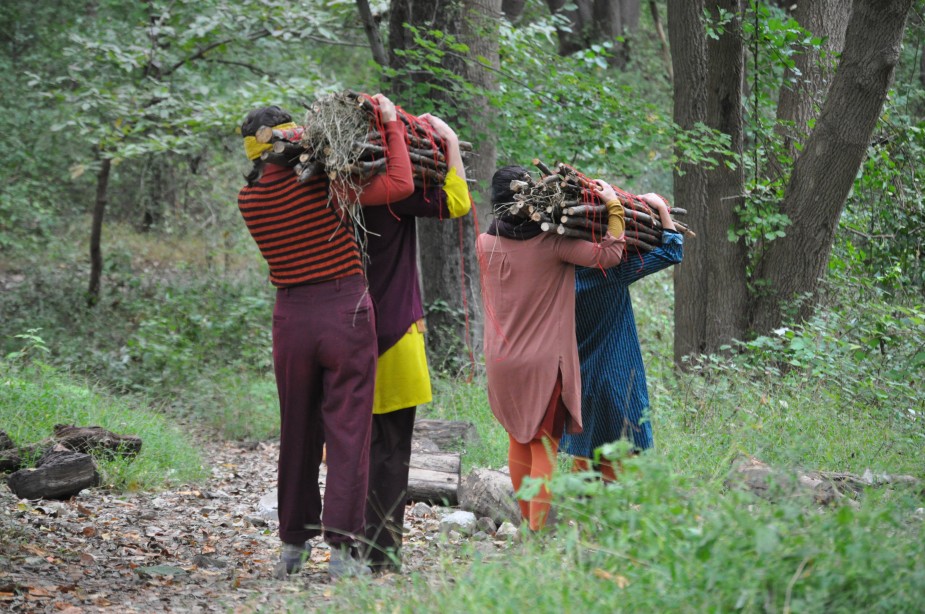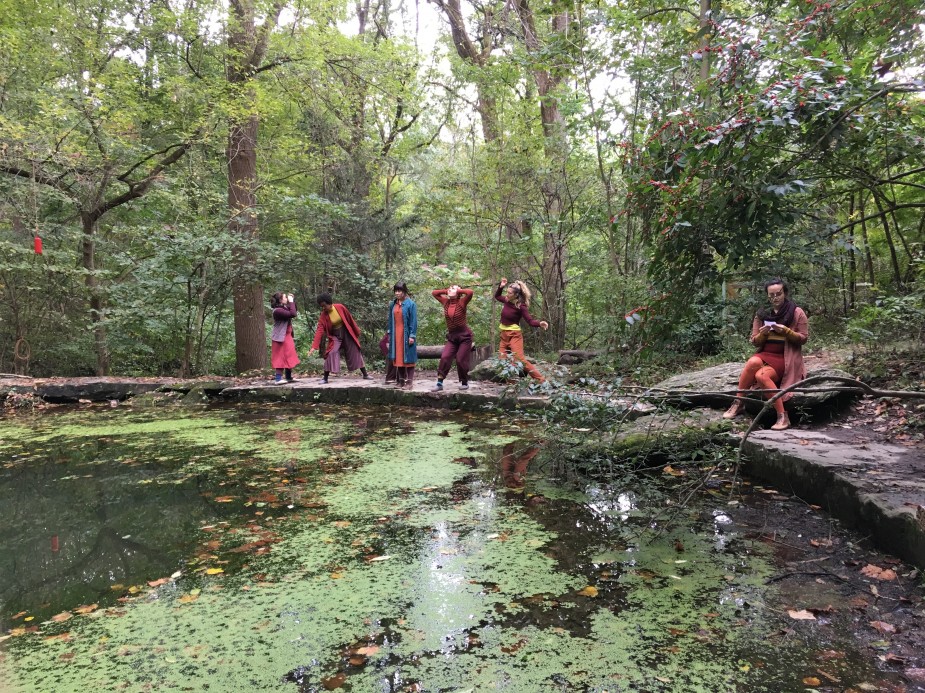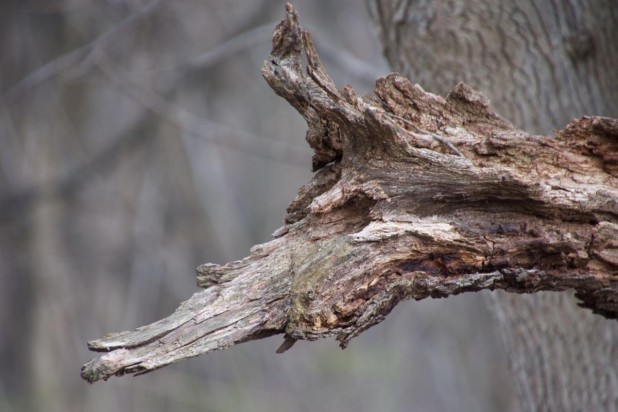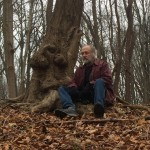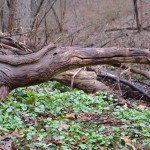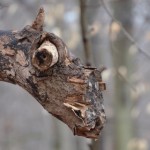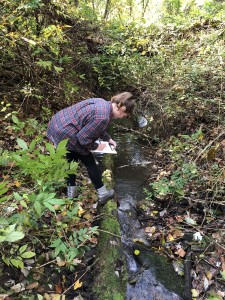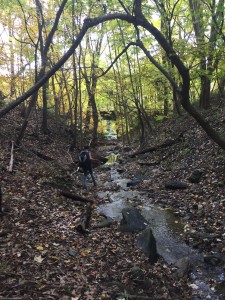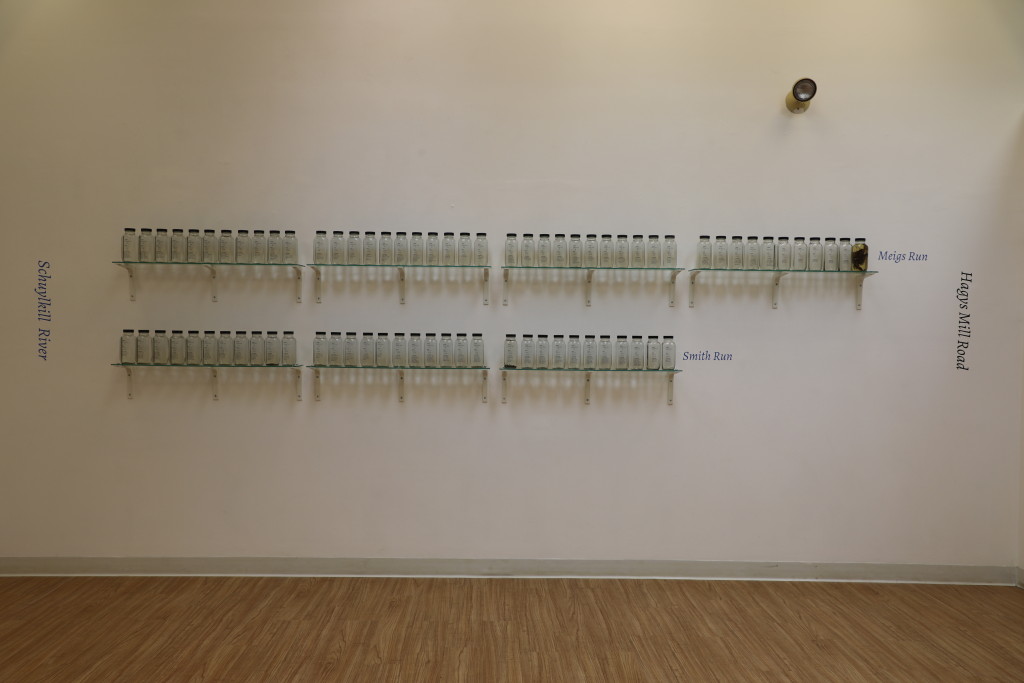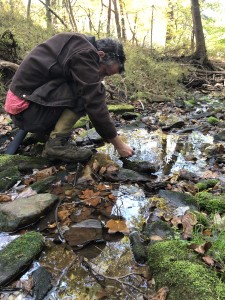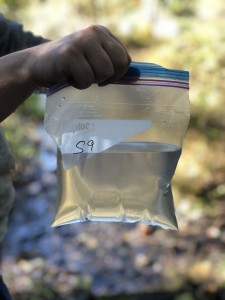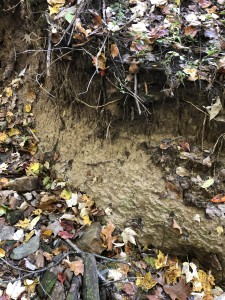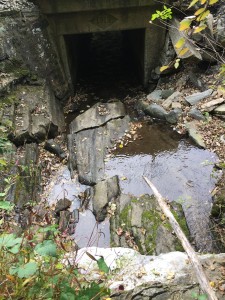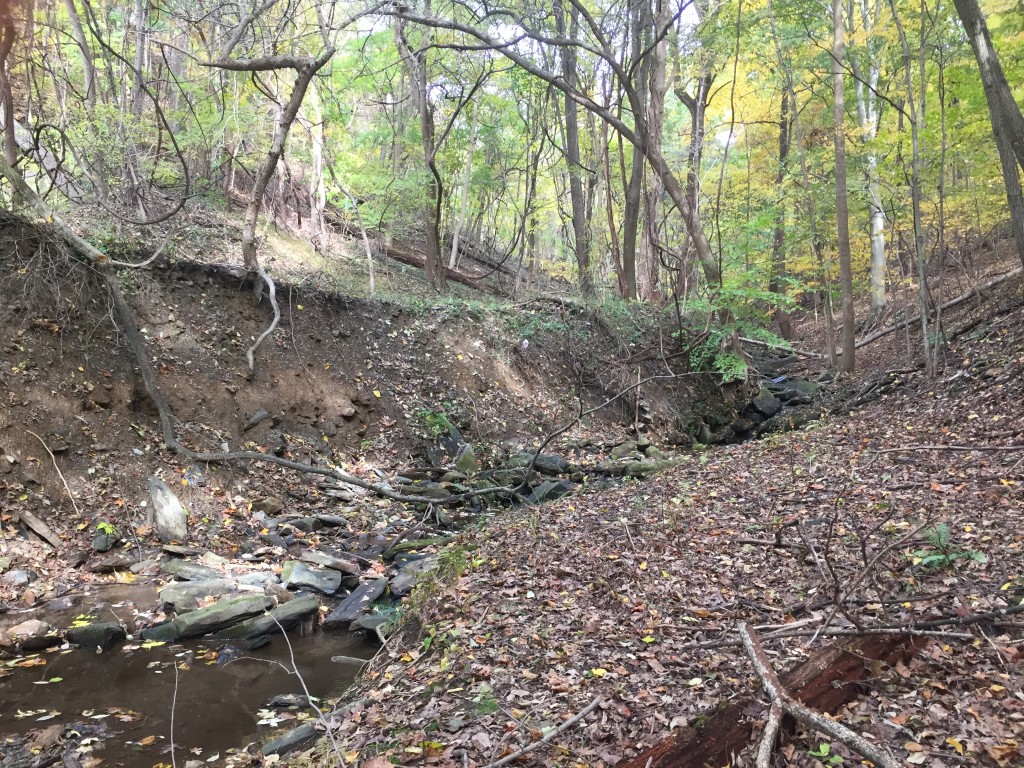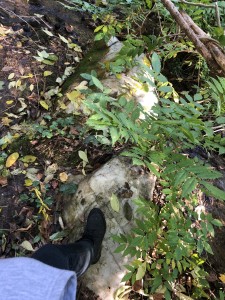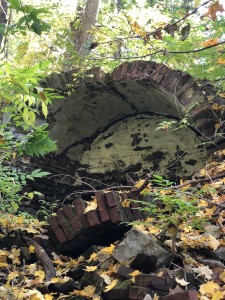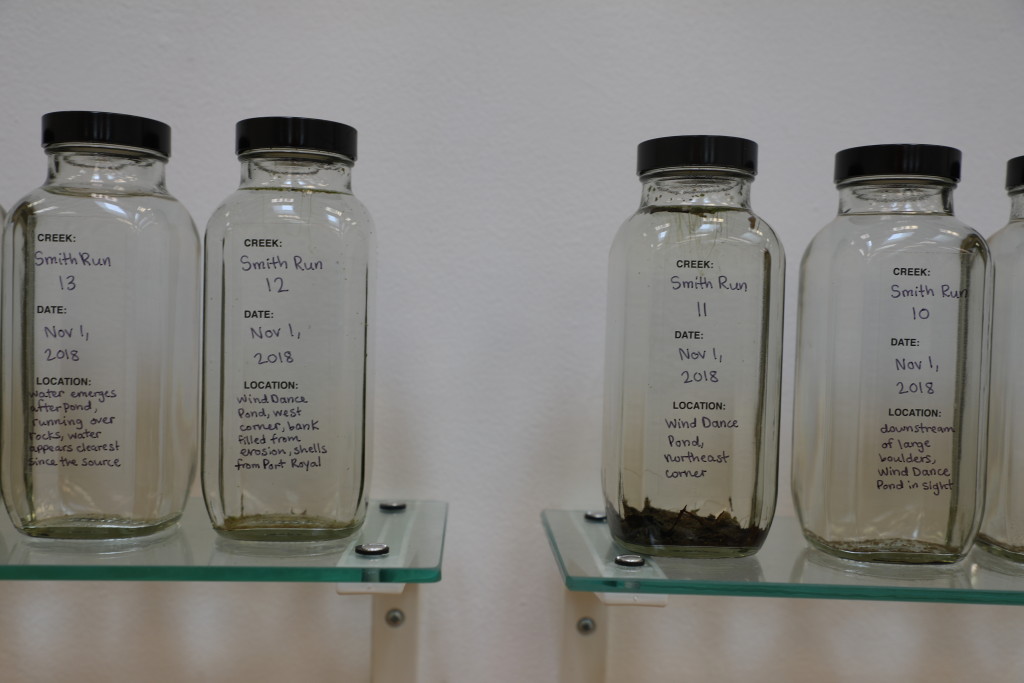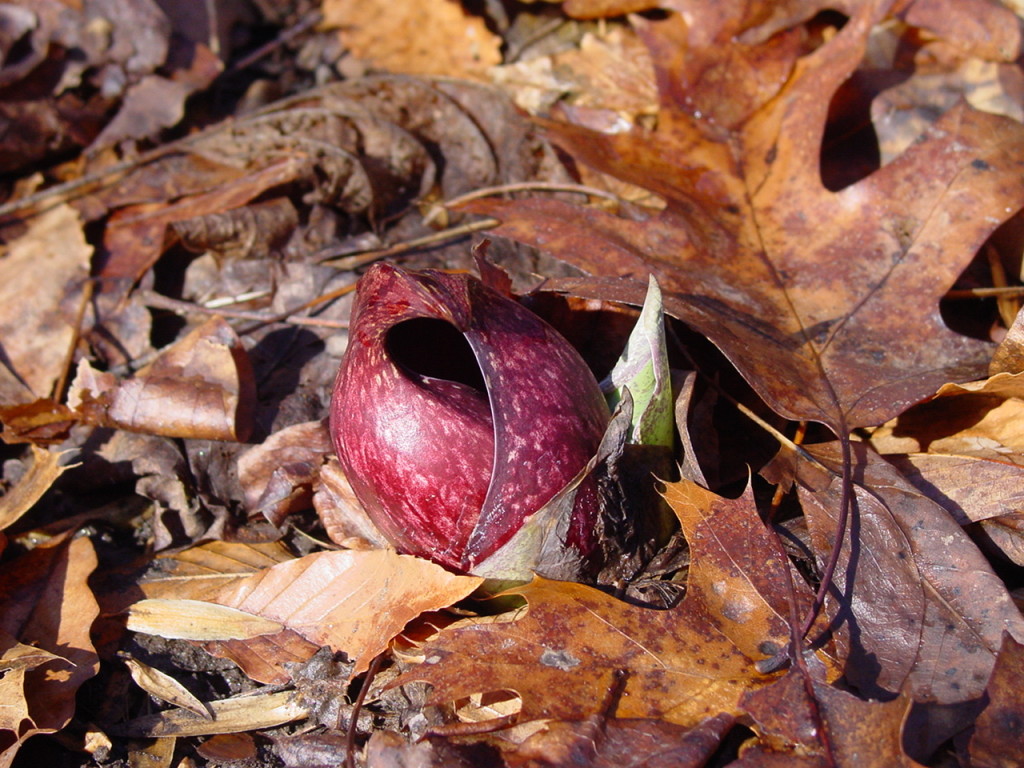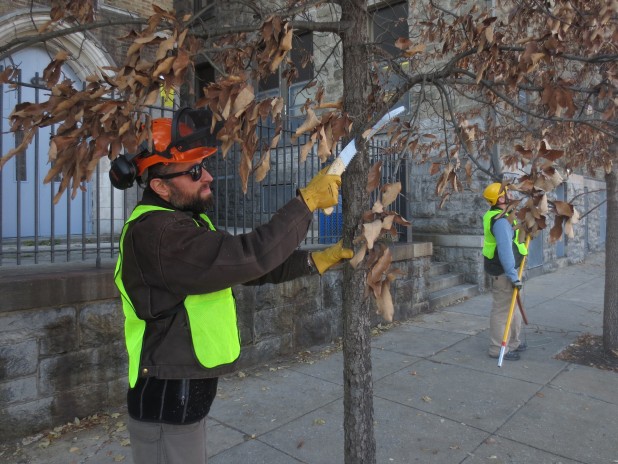On Thursday, April 22, the Schuylkill Center will be joining almost one billion people worldwide commemorating the day. And we’ll be engaged in an incredibly powerful act of environmental stewardship: we’ll be planting seven oaks trees that day, five at our nature center, one at our Wildlife Clinic, and a seventh at the 21st Ward Ballfields.
Why oaks? Because of all the trees in our forest, the oak is essential, a keystone species, offering more ecosystem services than any other tree in our forests.
To start, oaks support more biological diversity than any other local tree. Its leaves are the necessary food source for an astonishing 511 species of Pennsylvania moths and butterflies alone. In other words, 511 adult moths and butterflies seek out oaks to lay their eggs on their leaves, the oaks serving as host for the insect, nearly 100 more species than number two on the list, native cherries like black cherry. It likely surprises you that there are more than 500 species of this clan locally (it did me, and I teach this stuff), but absolutely. “No other tree genus supports so much life,” writes University of Delaware entomologist and bestselling author Doug Tallamy in his newest book, The Nature of Oaks.
Those caterpillars in turn are critical food for even seed-eating birds who busily stuff caterpillars down the craws of demanding nestling babies after they hatch. So if you are a seed-eating song sparrow or goldfinch, the adult parent is pushing insects into the beaks of their babies, giving their babies the protein packets they need to mature; caterpillars are a hugely important food for nestling birds, as they don’t yet have the exoskeleton of their adults, so they are more readily digested.
It’s a simple equation: more oaks, more bugs, and more bugs, more birds.
Then there are acorns, food for dozens of species of birds, mammals, insects, and more. While the birds include nuthatches, woodpeckers, titmice, towhees, crows, and more, blue jays have a special relationship with oaks: a jay will carry an acorn up to a mile away to cache it underground, storing it for the winter ahead. An industrious jay buries 4,500 acorns every fall—and either can’t use them all, forgets where some are planted, or perishes during the winter. Leftover acorns buried underground then sprout. So jay populations are supported by oaks, but jays in turn are essential dispersers of oak trees.
Acorns also make up almost 75 percent of a deer’s late fall diet, and you’ve likely dodged gray squirrels crossing streets to bury acorns like the jays do. But flying squirrels, opossums, raccoons, white-footed mice, chipmunks, rabbits, and even that black bear that crossed the Wissahickon a few years back all eat acorns too.
Lots of you are likely worried about climate change—or I hope you are. Of all their peers, oaks are about the best at sequestering—storing—carbon and locking it away. A long-lived tree, oaks remove carbon from the atmosphere and store it for centuries, and as trees with densely-packed cells, which makes oak the wood we love so much, pack away more than most. Its deep and extensive root system with a huge mycorrhizae network also pushes carbon underground, where it is stored for hundreds, some think thousands, of years. “Simply put,” concludes Tallamy, “every oak you plant and nurture helps to moderate our rapidly deteriorating climate better than the overwhelming majority of plant species.”
The huge leaf network of mature oaks, along with its roots, are excellent for capturing stormwater too, another one of the signature environmental threats of this day. An oak tree’s leaves, one study showed, held onto 3,000 gallons of water that evaporated before it reached the ground.
On top of all this, oaks, like all trees, filter air from smog, cool it in the summer, shade our homes, block excessive winds, and more.
An old Chinese proverb says, “The best time to plant a tree was 20 years ago. The second best time is now.” Which is why the Schuylkill Center will plant seven trees on Earth Day.
And this year, all those trees were oaks, the essential tree in Pennsylvania forests. We hope you’ll join us in planting oaks across the region too, even in your front or backyard.
—Mike Weilbacher, Executive Director

